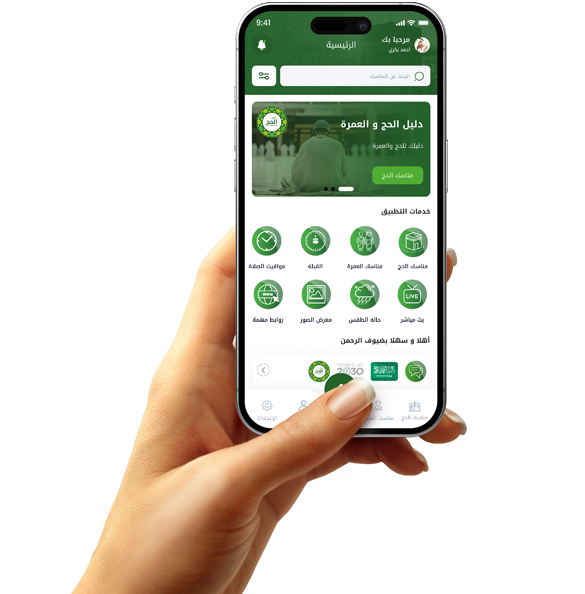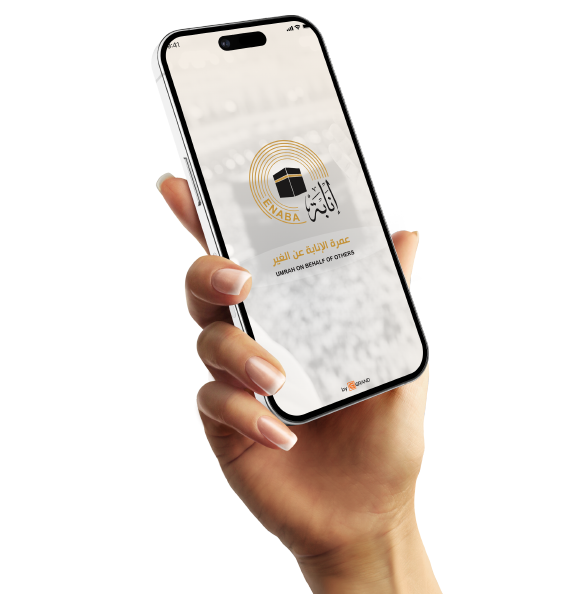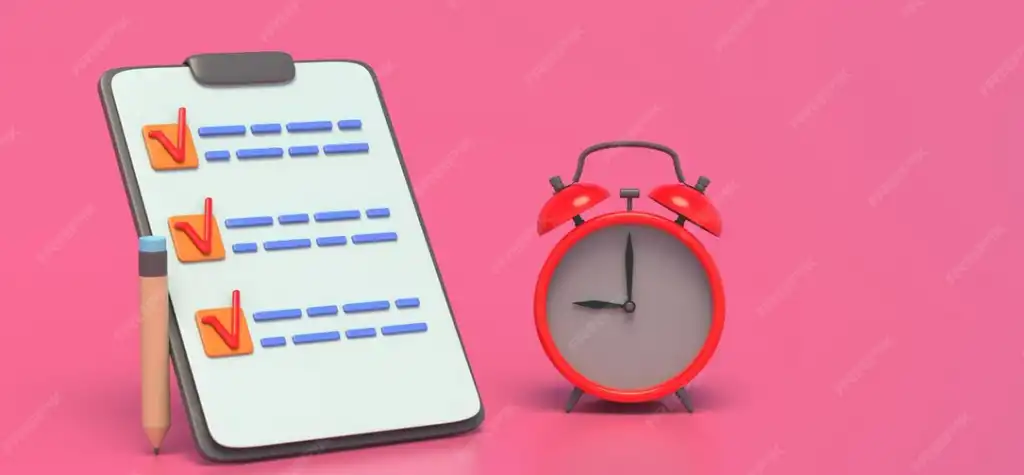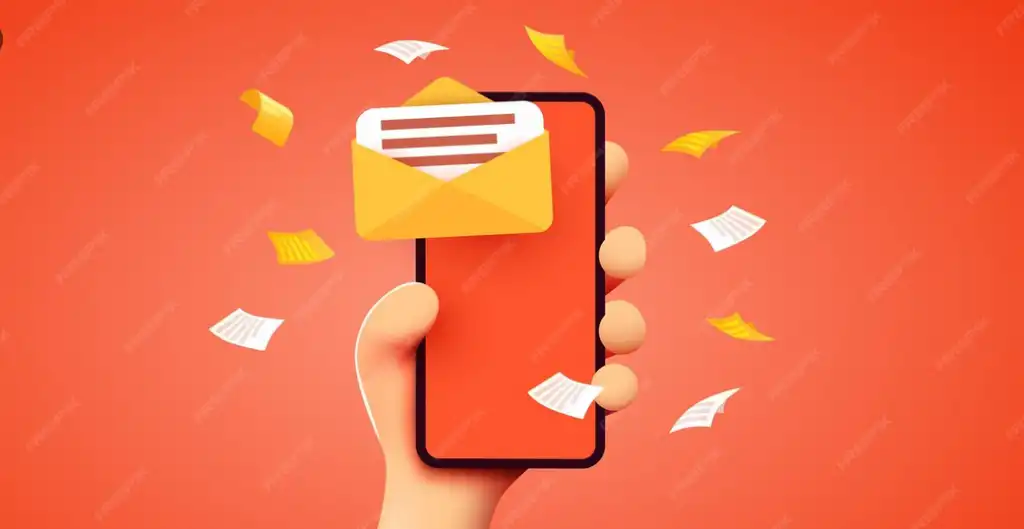How to implement the in-app chat feature professionally

Choosing a Flexible Message Storage Architecture
After determining the purpose of the chat feature, the next step is to determine the technical architecture to be used to store messages.
Most chat systems require a database to store messages, attachments, time, and the sender.
You can rely on real-time databases like Firebase or custom solutions based on WebSocket and NoSQL.
The flexibility in the architecture allows for future expansion, such as supporting group chats or encryption.
Try to make each message an independent unit containing basic data such as text, time, status, and sender ID.
Consider adding filters or indicators for unread messages.
You may want to support message deletion or editing, so the architecture should be capable of doing so.
Also, be sure to archive old messages to reduce the load on the application during daily sessions.
Proper planning from the outset reduces issues that may arise if the number of messages increases.

Support for sending images and files within chats
For users to feel that in-app conversations are integrated, they must support sending images and attachments.
Sending images enhances engagement, especially in sales, technical support, or even education applications.
Start by specifying the allowed file types, such as JPG, PNG, and PDF.
Keep the file upload interface simple, with a clear button or drag-and-drop.
Set file size restrictions to avoid server overload.
Upon receipt of a file, display a thumbnail preview within the chat.
If the file is not supported for preview, display its name and type along with a download button.
Ensure that files are encrypted on the server and prevent public links.
Add a progress bar for a more professional sending experience.

Providing User Status and Activity Indicators
Status indicators add a human touch to the conversation experience.
Notifications like "Now typing..." or "Last seen" make interactions more authentic.
Showing that the other party is online increases the likelihood of responding.
You can use WebSocket to monitor your activity status in real-time.
Also, add "Read" and "Message delivered" statuses to enhance clarity.
Make each indicator appear subtle and unobtrusive on the screen.
It's best to leave the user the option to hide their activity status if they wish.
Some apps add a "Now recording" audio status when sending an audio clip.
These small details greatly enhance the communication experience.
Indicators increase user engagement and confidence that the app is working efficiently.

Supporting and Easily Recording Voice Messages
Voice messages have become a common form of communication in modern apps.
Allowing you to send audio clips within a chat makes communication faster and easier.
Design a unique record button that can be pressed and held to record audio.
Add a visual timer during recording, and buttons to cancel or send.
After sending, make the audio clip playable directly from within the chat.
Use a compressed audio format such as AAC or OPUS to save volume without reducing quality.
Add a fast-listening or slow-motion playback feature for long clips.
In some apps, voice messages can be automatically converted to speech-to-text.
It's important to seamlessly enable audio permissions upon first use.
The voice message feature adds a personal and easy touch to conversations.















